Art Censorship: A Discourse on Freedom of Expression vs Societal Norms
Introduction
The discourse of art censorship and restrictions is an age-old controversial debate that continues to ignite varying opinions globally. The arguments primarily revolve around two contrasting views: the sanctity of the artists' right to freedom of expression, and the necessity to conform to established societal norms.
Historical Context of Art Censorship
Art censorship is not a new phenomenon. Historical instances reflect that art has frequently been censored or restricted due to its perceived potential to challenge conventional ideologies. For instance, the Nazi regime's infamous confiscation and outlawing of 'degenerate art' in the 1930s signified an explicit attempt to suppress artistic expressions that opposed their political ideology. Similar instances were noted in the Soviet Union, where artworks failing to conform to the principles of 'Socialist Realism' were deemed counter-revolutionary and suppressed.
Impact of Censorship on Artists and the Art Community
Art censorship impacts the creative freedom of artists, stifling their self-expression and imposing limitations on creativity. The fear of persecution or backlash based on societal or political beliefs may deter artists from exploring sensitive or controversial themes. This fear ultimately leads to the erosion of diversity in artistic expression, impoverishing the cultural heritage of a society. The wider art community, including museums, galleries, and collectors, often find themselves between supporting artists' freedoms and facing potential backlash from sectors of society or government bodies.
International Perspectives on Art Censorship
Attitudes towards art censorship vary globally, reflecting societal, political, and cultural nuances. While some societies encourage artistic freedom, others impose stringent restrictions. For example, Scandinavian countries, known for their liberal democratic traditions, adopt a less heavy-handed approach to art. However, in countries with an authoritative social order, such as China, artists often face stringent restrictions on themes they can explore.
Conclusion: Freedom of Expression or Societal Acceptance?
The question remains: are restrictions on art a curb on freedom of expression, or are they essential for societal acceptance? Drawing from historical and contemporary instances, it becomes evident that art censorship often stems from political ideologies and societal norms. While maintaining societal harmony is essential, universal principles of freedom of expression and diversity must also be respected. A balanced approach, where creativity is not stifled by societal norms yet respects the core values of a society, is essential. Art should provoke thought, challenge boundaries, while also engaging in a respectful dialogue with societal norms.
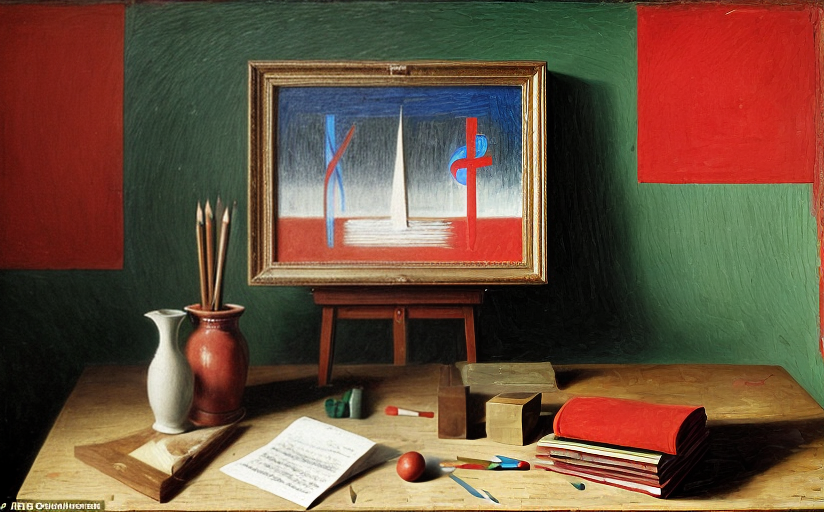


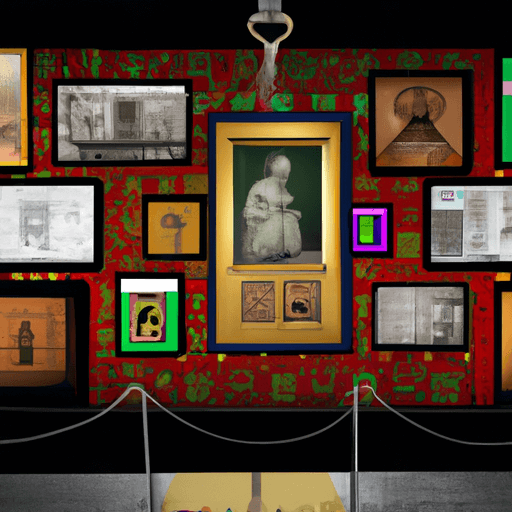


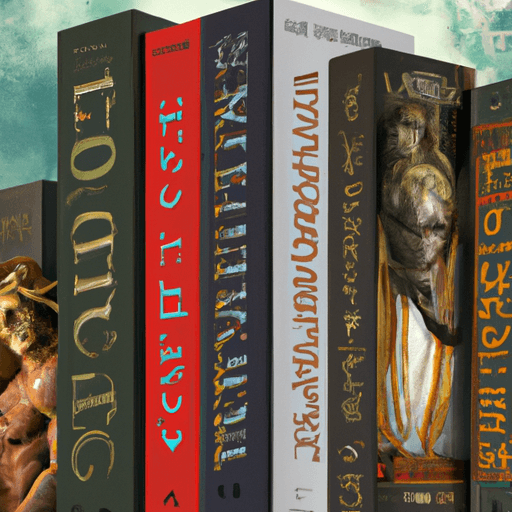





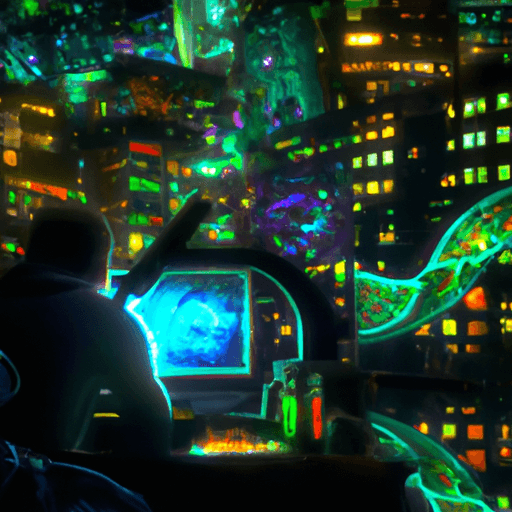
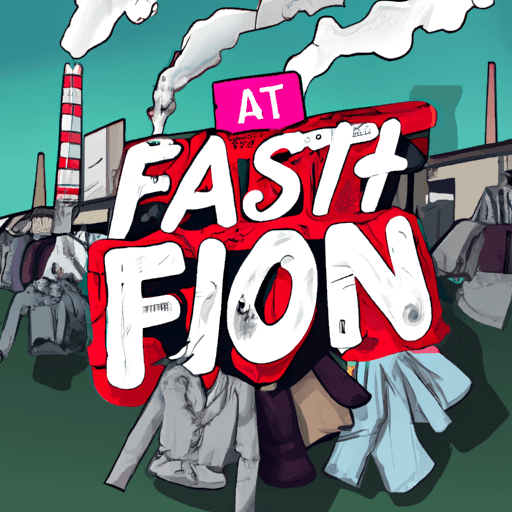


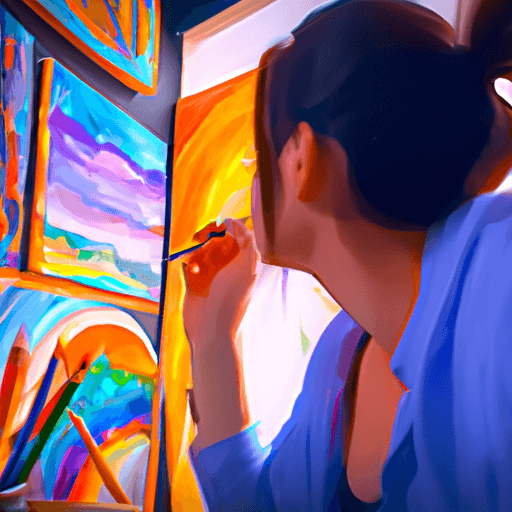
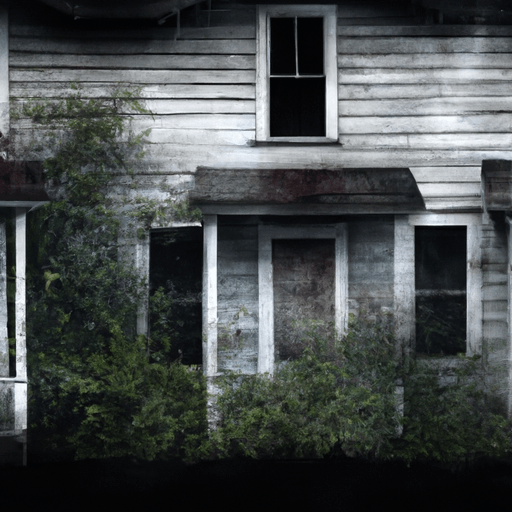
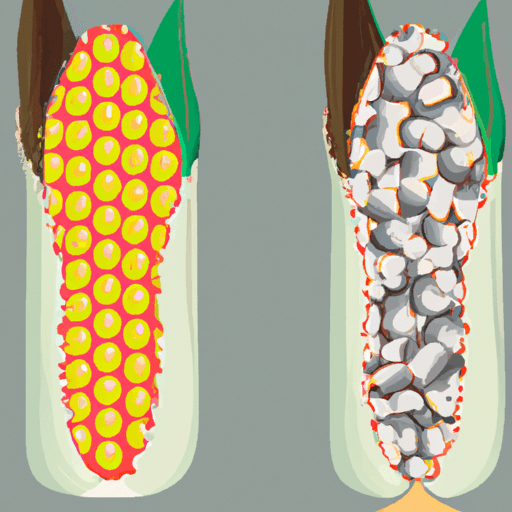
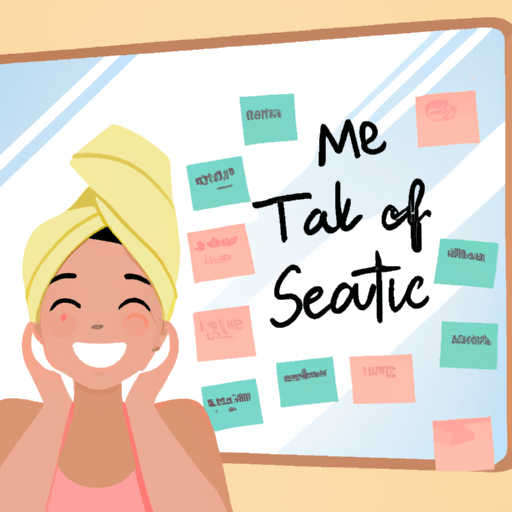
Comments
Leave a Comment